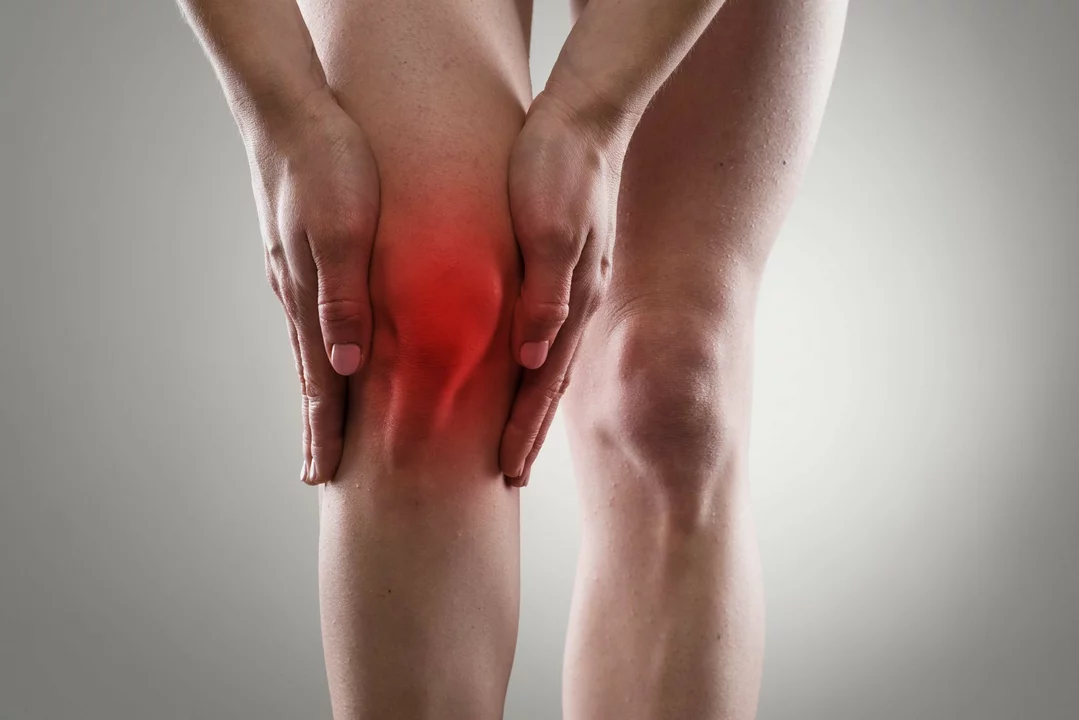Osteoarthritis Management: Simple Steps That Help Now
Stiff, painful joints can steal small joys—walking, climbing stairs, even standing at the sink. Osteoarthritis (OA) doesn't have to run your life. Here are clear, useful steps you can start using today to ease pain, keep moving, and cut flare-ups.
Daily habits that change your pain
Move a little every day. Gentle, regular activity keeps joints lubricated and muscles strong. Aim for 20–30 minutes most days: walking, swimming, or a bike ride. If one activity hurts, swap it for another—pool exercise and cycling are low-impact and kinder to knees and hips.
Lose weight if you can. Every pound lost takes pressure off weight-bearing joints; for knees, losing 5–10 pounds often reduces pain noticeably. Don’t try extreme diets—small, steady changes in food and activity work best.
Use heat and cold smartly. Heat relaxes tight muscles before movement; try a warm shower or heating pad for 15 minutes. Cold helps during a flare to reduce swelling—use an ice pack wrapped in a towel for 10–15 minutes. Alternate if both stiffness and swelling are present.
Protect your joints. Use a cane, grab bars, or cushioned shoes to cut stress on joints. Changing how you do tasks—sitting while dressing, using a stool in the kitchen—adds up. Braces or shoe inserts can help for knee or ankle OA; ask a therapist about options for your joint.
Medical tools that make life easier
Try over-the-counter pain relievers first. Acetaminophen or NSAIDs like ibuprofen can work for many people. Use the lowest effective dose and talk to your doctor if you need them often—NSAIDs can affect stomach, kidneys, and blood pressure.
Topical options are worth a try. Gels or creams with NSAIDs or capsaicin deliver pain relief right where you need it and have fewer whole-body side effects.
Physical therapy helps a lot. A therapist teaches exercises that build the muscles around your joint and improve walking or balance. You’ll get a plan you can stick to at home and learn how to move without adding damage.
Injections and procedures are options when basics don’t cut it. Corticosteroid shots can calm a bad flare for weeks. Hyaluronic injections aim to improve joint glide for some patients. Discuss benefits and risks with your doctor—results vary by person and joint.
Consider surgery for advanced problems. Joint replacement has high success for severe hip or knee OA when pain limits daily life. Talk to an orthopedic surgeon about timing and what recovery looks like.
Watch supplements with caution. Glucosamine and chondroitin help some people, but studies are mixed. Tell your doctor about all supplements so they fit safely with your meds.
Know when to see help. If pain keeps you from daily tasks, you can’t sleep, or your joint looks red and hot (possible infection), contact your doctor. Small changes now can prevent bigger problems later.
Pick a couple of practical steps—an extra walk each day, a short home exercise routine, or a visit with a physical therapist. Those small moves add up, and you’ll feel the difference in weeks, not years.
As someone who's been researching osteoarthritis management, I've discovered that aquatic therapy can be a game changer for those struggling with this condition. The buoyancy of water provides a low-impact environment, allowing patients to exercise without putting too much stress on their joints. Water resistance also helps to strengthen muscles and improve flexibility. I've read that many people experience reduced pain and increased range of motion after participating in aquatic therapy. Overall, it seems like a fantastic option for managing osteoarthritis symptoms and improving overall quality of life.
